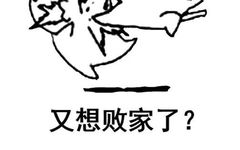
Autumn has arrived!
The weather is getting cooler!
I have no clothes to wear!
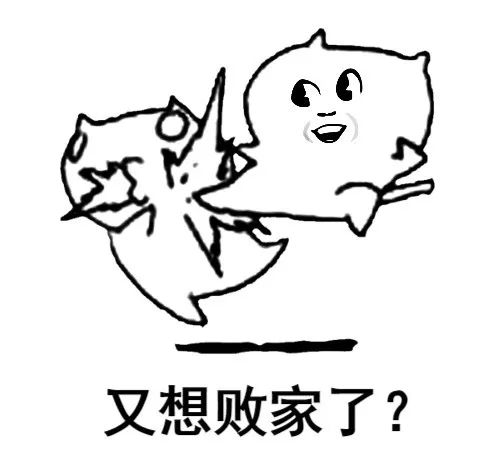
It is said that “In spring, keep warm; in autumn, endure the cold, to avoid miscellaneous diseases.”
This means that in spring, one should not rush to take off their winter clothes, but rather keep warm for a while longer.
In autumn, do not rush to wear too many clothes, but rather endure the cold for a while.
This is beneficial for health.
However, if it is already late autumn
and you still have not added more clothing
you may catch a cold and become ill.
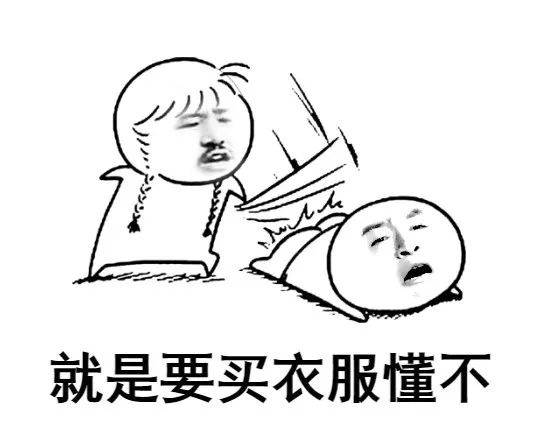
Every year in March and November
is when it is easiest to catch a cold
and trigger respiratory diseases.

Why do people catch colds?
Traditional Chinese Medicine (TCM) believes that catching a cold is caused by wind evil and cold evil—both are important pathogenic factors.
Wind is a Yang evil, which is characterized by its ability to disperse and invade Yang positions, often affecting the head and face, leading to symptoms such as headache, sweating, and aversion to wind. Wind evil is known for its rapid onset and variability, making it a common cause of many diseases. Pathogenic factors often attach themselves to wind evil, invading the body and causing exterior wind-cold, wind-heat, and wind-dampness conditions.
Cold is a Yin evil, which can injure Yang Qi. It invades the muscle surface, leading to aversion to cold; it can directly affect the spleen and stomach, causing abdominal cold pain, vomiting, and diarrhea; it can also penetrate the Shaoyin, resulting in aversion to cold, fatigue, and cold extremities. Cold evil can also lead to stagnation of Qi and blood, resulting in pain symptoms.

Some of this may be hard to understand?
Don’t panic!
Focus on the following body parts
They are most susceptible to wind and cold
▼

Body Parts Susceptible to Wind and Cold
1. Head
Prolonged exposure to wind or not drying off after sweating during exercise can lead to migraines, colds, etc. Elderly or weak individuals, or those with a history of illness, may even trigger cardiovascular diseases.

(Image source: Baotu Network)
2. Neck
Exposure to cold while sleeping can easily lead to conditions like stiff neck.
3. Back
Camping outdoors and kicking off blankets while sleeping at night can easily lead to back pain.
4. Nasal Cavity
Commonly occurs with sudden drops in temperature, easily triggering rhinitis.
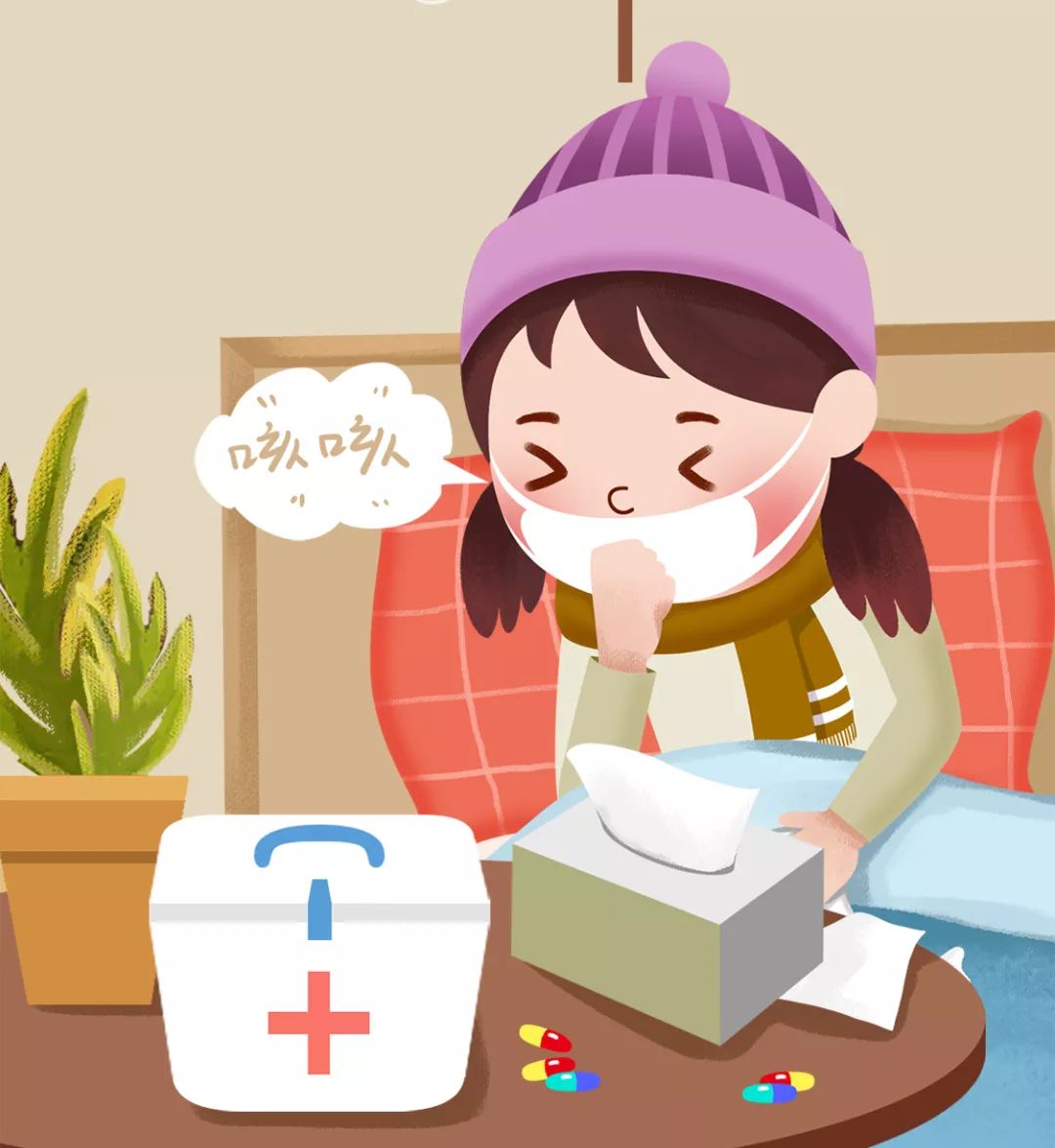
(Image source: Baotu Network)
5. Abdomen
Commonly seen in those who enjoy cold drinks, kick off blankets while sleeping, or wear crop tops and low-rise pants, easily leading to digestive system diseases, dysmenorrhea, and menstrual irregularities.
6. Soles of the Feet
Commonly occurs in those who walk in cold and damp places for long periods, do not change wet shoes and socks immediately, or sleep with cold air blowing directly on their feet, easily leading to colds, peripheral arterial spasms, and arthritis.
So the question arises
How should we protect these areas
to resist the invasion of wind and cold?
▼

To prevent wind evil invasion, do the following
1.When going out, especially in cold or windy seasons, wear ahat, scarf, and mask, and add avest or waistcoat under your outerwear,avoid low-rise pants, crop tops, and sandals.
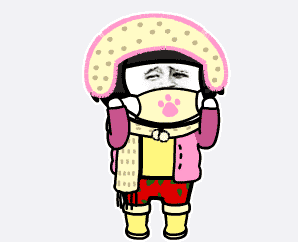
2.After sweating from exercise or washing your hair at night, be sure todry off with a towel oruse a hairdryer. When sleeping,cover yourself well with a blanket and do not seek coolness.
3.Before bed, you can soak your feet inwarm water around 40 degrees Celsius, optionally addingginger, Sichuan pepper, or mugwort to the water for soaking, andmassage the soles of your feet.
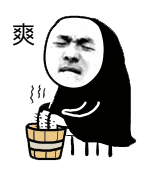
In addition to the above methods, dietary adjustments can also be made.
1. You can eat some warming foods in moderation, such as beef, lamb, crucian carp, tomatoes, carrots, sweet potatoes, red dates, pig’s blood, leeks, millet, peanuts, and lotus root.
2. You can also take warming tonic Chinese herbs in moderation, such as Dang Gui (Angelica Sinensis), Gou Qi Zi (Goji Berries), Dang Shen (Codonopsis), Huang Qi (Astragalus), and Bai Zhu (White Atractylodes).
This article is consulted by the
▽
Department of Traditional Chinese Medicine, Longgang Central Hospital
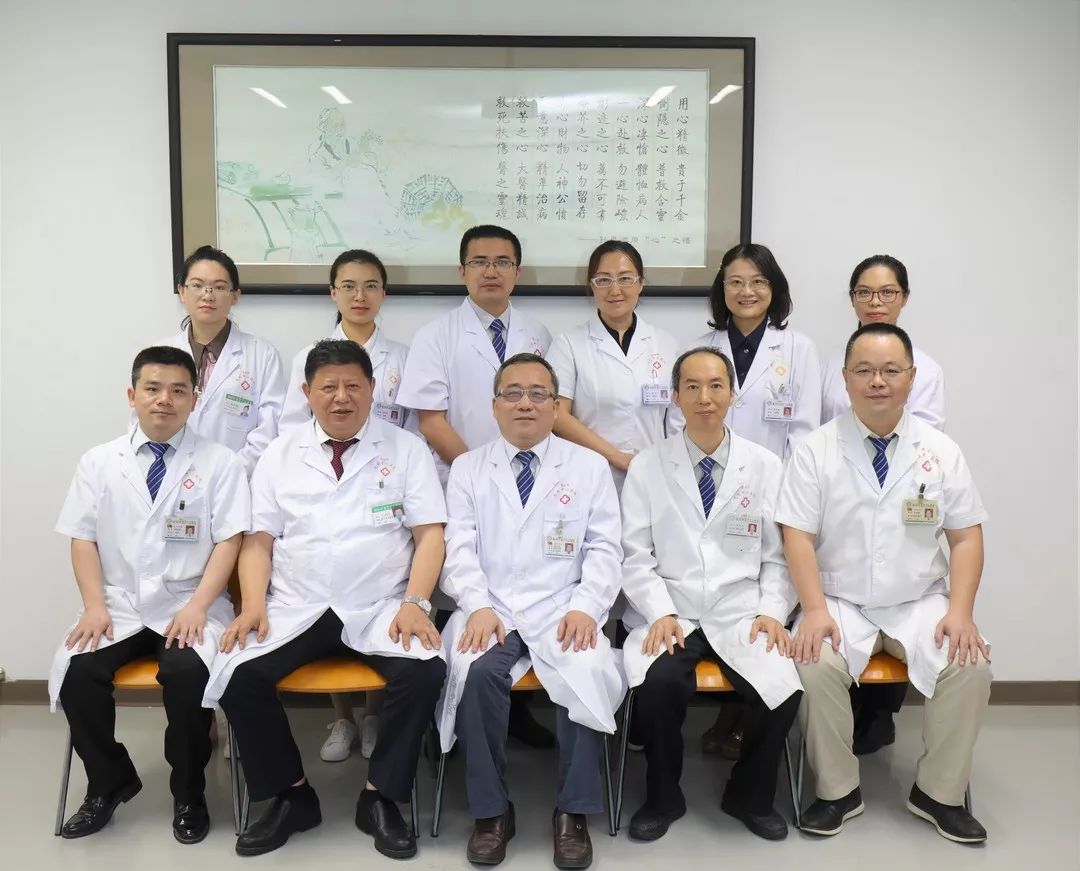
The Department of Traditional Chinese Medicine at Longgang Central Hospital was established in 1992, mainly engaged in TCM medical treatment, teaching, research, and health care. The famous TCM clinic, acupuncture research institute, and the TCM teaching and research office of Guangzhou University of Chinese Medicine are all affiliated with our department. The TCM department currently has outpatient and inpatient wards, with a famous TCM clinic project covering approximately 4000 m2 expected to open in 2020, and the acupuncture research institute has been approved by the Longgang District Organization Department. Through Longgang District’s flexible talent introduction policy, we have recruited excellent teams including Professor Wu Xiongzhi from Tianjin Medical University Cancer Hospital and the founder of Taihu University.
Clinical practice in TCM focuses on TCM internal medicine, TCM orthopedics, TCM gynecology, TCM pediatrics, acupuncture, and massage, mainly treating neck, shoulder, waist, and leg pain, rheumatic diseases, liver and gallbladder diseases, gastrointestinal diseases, cough and asthma, external diseases, kidney diseases, diabetes, tumors, insomnia, headaches, dizziness, gynecological diseases, male diseases, acne, urticaria, eczema, beauty and weight loss, and preventive treatment. The department actively explores traditional TCM treatment methods and has developed over 30 TCM characteristic diagnostic and treatment techniques, regularly conducting “Sanfu” and “Sanjiao” patches each year.
Now, in front of your phone screen,
have you kept warm?
Quickly add a piece of clothing
Don’t catch a cold!
-End-
Images from the internet, copyright belongs to the author
Source: Longgang Central Hospital, Shenzhen
Operational service: Jingbao Media
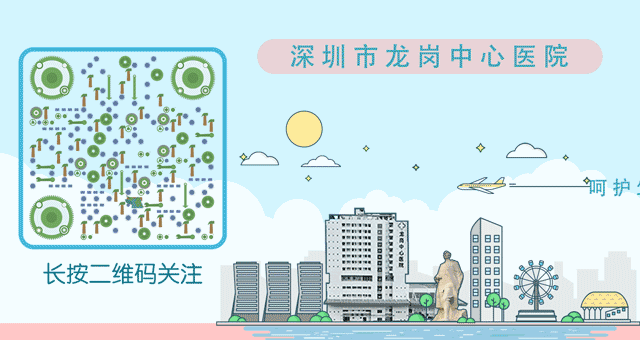
Click to look better ❤

